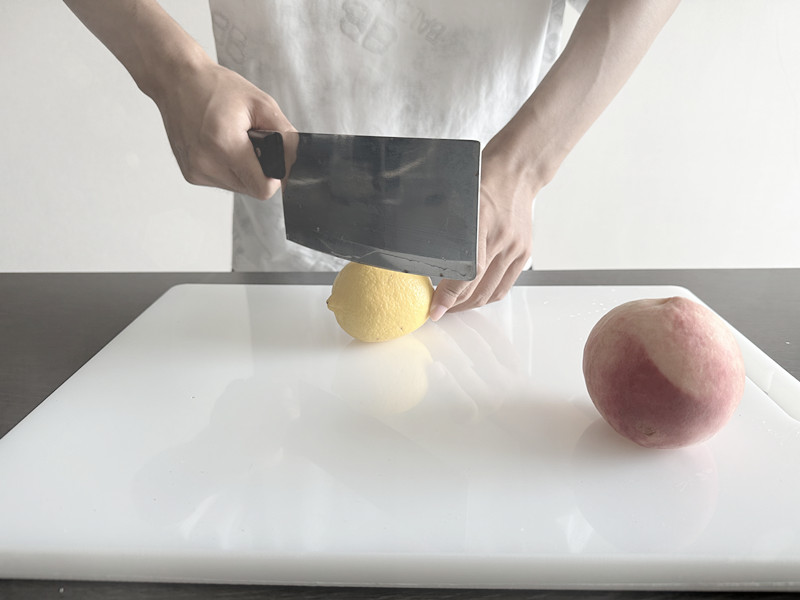HDPE cutting boards are sheets crafted from high-density polyethylene. They are primarily employed as cutting boards in kitchens and also find use in some food processing facilities. HDPE cutting boards are highly regarded in these areas due to their numerous advantages.

First and foremost, it boasts excellent chemical stability and can withstand most acids, alkalis, organic solutions, and hot water. This makes it highly suitable for use in food processing environments, as there is no need to worry about harmful substances coming into contact with ingredients. Secondly, HDPE cutting boards are non-toxic and harmless, thereby ensuring food safety. Their surface hardness is moderate, capable of withstanding the cutting of knives without leaving obvious scratches and without damaging the knife edges.
HDPE cut sheets are also characterized by low-temperature resistance, with a minimum service temperature ranging from -70°C to -100°C. This implies stable performance across a wide range of ambient temperatures. In terms of high temperatures, the melting temperature lies between 220°C and 260°C, offering good heat resistance. Additionally, it is non-hygroscopic and has excellent water-vapor repellency, making it suitable for packaging purposes. It also has good electrical insulation properties and is often found in the power industry as an external insulating anti-static material.

- Daily Maintenance Essentials
HDPE cutting boards have high tensile strength and elongation, and exhibit good resistance to bacteria and chemical effects. In daily use, pay attention to keeping the cutting board clean. You can use warm water and neutral detergent to gently wipe the surface. Avoid scraping with sharp objects to prevent causing scratches. Also, avoid contact with sharp objects to prevent puncturing the cutting board. If obvious scratches or damages are found on the surface, it should be repaired or replaced in a timely manner to prevent further expansion of the damage. Due to prolonged exposure to strong ultraviolet rays, HDPE cutting boards are prone to aging and becoming brittle. To extend its service life, it can be stored away from direct sunlight or covered with a cover when not in use. Additionally, warehouse temperature and humidity control is crucial. In accordance with natural climate changes and the temperature and humidity regulations for HDPE sheet warehouses, this is done to achieve the purpose of safe storage of HDPE cut sheets. For example, keep the warehouse temperature within a suitable range to avoid excessive high or low temperatures affecting the performance of the cutting board. At the same time, pay attention to moisture prevention to prevent the quality of the cutting boards from being affected by absorbing too much moisture.